Soybean Insects
Recommended Content

Best Management Practices for Soybean Production
This is your unbiased, research-based guide to soybean production to help increase yield, reduce input costs and protect your investment.
All Soybean Insects Content

Crop Hour
SDSU Extension Crop Hour webinars provide valuable information for South Dakota crop producers to help them improve their profitability and prepare for the upcoming season.

Soybean
SDSU Extension is your partner to increase yields and improve efficiency.

Crops
During the growing season, SDSU Extension provides weekly production recommendations.
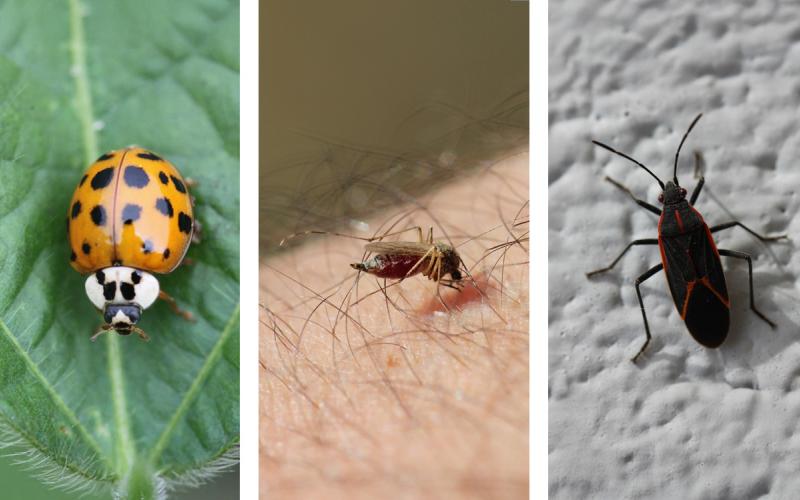
Insects Are Being a Nuisance This Fall
The weather is changing, and many of us are noticing an uptick in the nuisance bites caused by several insects. The continued warm weather is going to increase the activity of all insects, including the ones that are causing us displeasure.
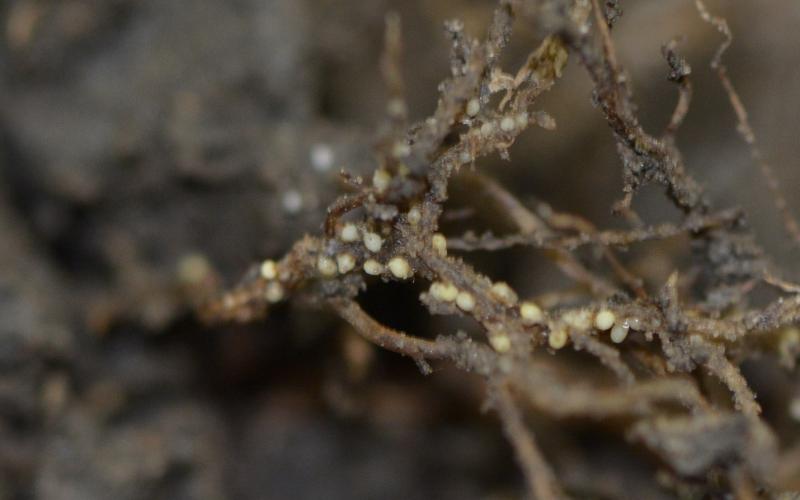
Integrating Precision Ag Tools for Smarter SCN Assessment and Management
Fact sheet on integrating Precision Ag tools for Soybean Cyst Nematode (SCN) assessment and management
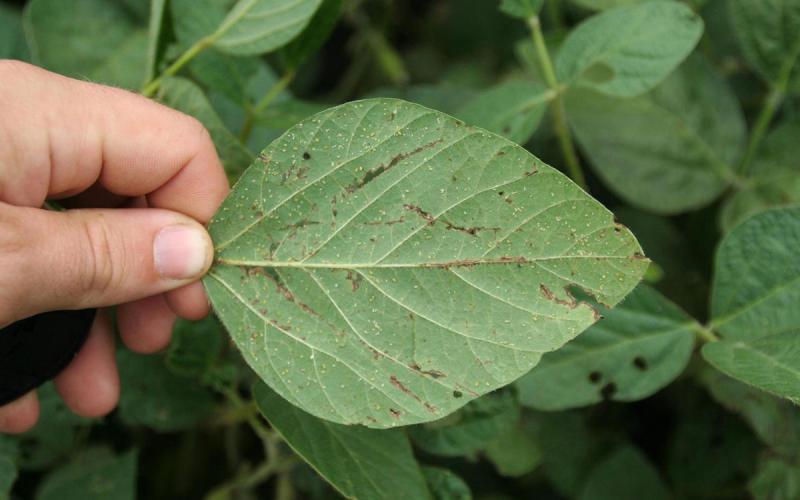
Should I Spray for Soybean Aphids at the End of August?
Soybean aphid populations are persisting in many soybean fields throughout eastern South Dakota. In many cases, these soybean aphid populations are either at the 250 aphids per plant threshold, or very close.
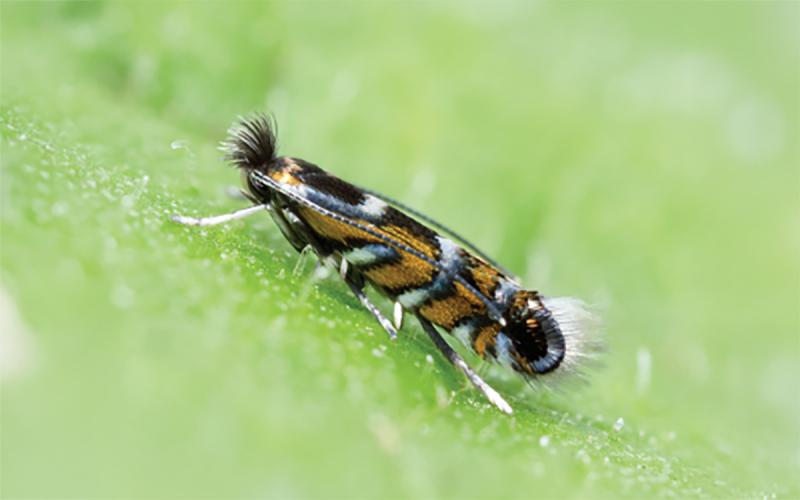
Monitor Soybean for Soybean Tentiform Leafminer
In 2022, researchers detected soybean tentiform leafminer in McCook, Minnehaha, and Moody counties in South Dakota. The extent of the distribution of this pest in South Dakota is unknown and is currently being investigated.
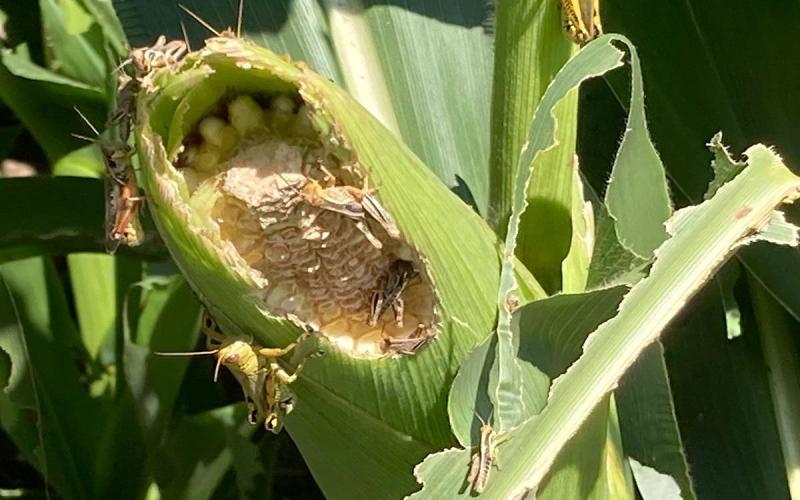
Grasshopper Populations Continue to Cause Issues in South Dakota
Recent reports of crop loss along field edges indicate that grasshopper populations in some areas of South Dakota are well above threshold. Unfortunately, crops are often the target of these moving populations.
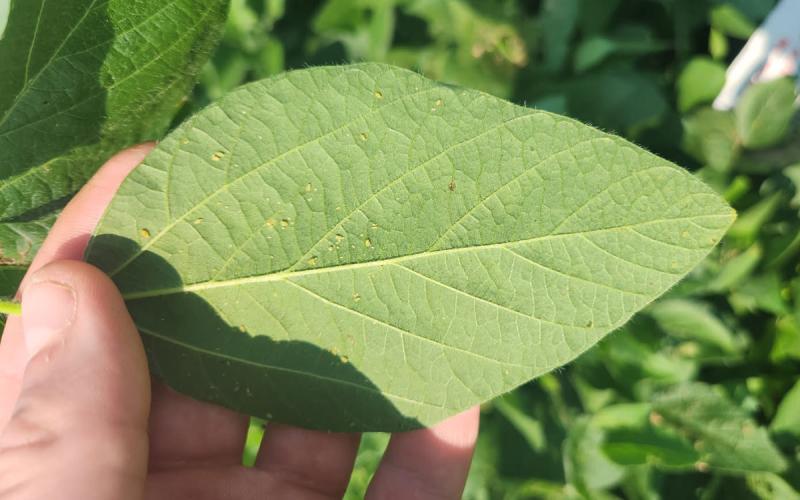
Soybean Aphids Exceeding Thresholds in Some Parts of South Dakota
There have been a few fields this week that were infested with soybean aphids that are getting closer to threshold. We have also received reports of insecticides being applied to manage soybean aphids in South Dakota.
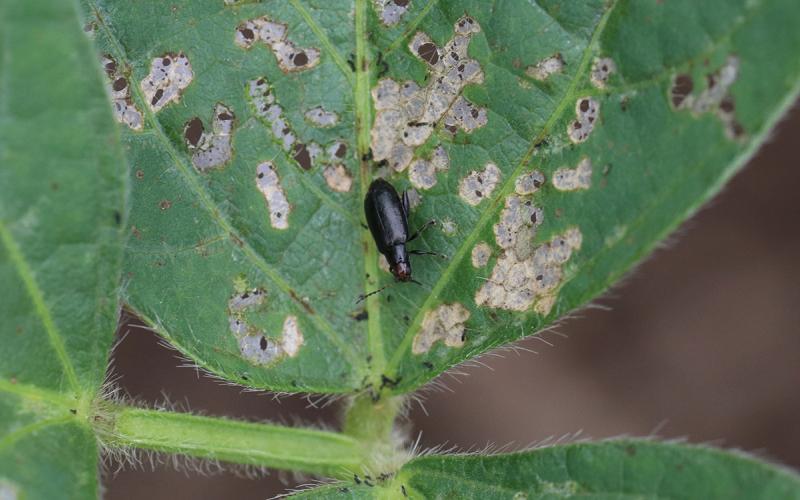
Redheaded Flea Beetles in Soybean
While scouting soybean this week, we noticed an uptick in redheaded flea beetle activity. In the fields that we scouted, defoliation levels were still very low at less than 5%.